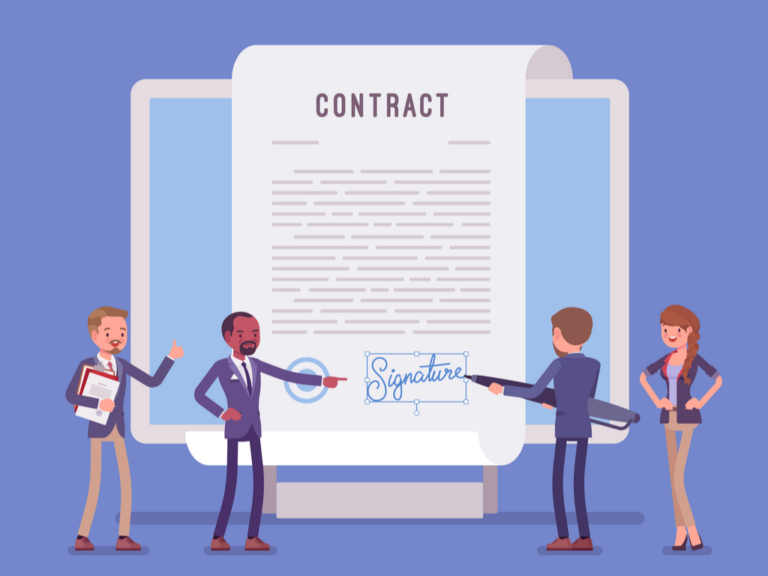Insights
“Good Contract, Bad Deal” Explained

If you joined any of our recent online events or read some of our content this past year, you have heard us talk about a phenomenon we see all too often in the indirect services, cost reduction, and procurement specialist arena: good contract, bad deal.
Table setting
As a Sourcing/Procurement specialist, you likely manage a broad spectrum of expenses for cost reduction, with “simple widgets” at one end and “complex services” (e.g. uniform rental, waste and recycling, pest control, security services, sanitation services, etc.) at the other.
At the “simple widget” end of the spectrum, good contracts tend to deliver on their promise of better costs, even with minimal subsequent oversight and management. After all, there are fewer factors—in comparison to “complex services”—to erode your efforts after the deal is signed.
However, at the “complex services” end of the spectrum, your strategies for cost reduction must go beyond implementation of better supplier contracts; in these categories, the gap between negotiation and execution is significant—sometimes shockingly so. We see it all the time: a good contract sits, collecting virtual dust, in a file folder…and the checks flying out the door represent a bad deal. The promise of the good contract hasn’t been delivered upon, for a host of reasons mostly owing to the complexity of these categories.
Without dedicated and vigilant cost reduction management of complex indirect services, a good contract won’t be worth the paper it’s written on.
You will find yourself with a good contract in a file folder on your computer, and a bad deal in reality.
How does a good contract become a bad deal?
Consider the following scenario:
A sharp buyer does solid work on a new uniform rental agreement. A 3-year commitment is made. The deal is rolled out to the field.
However, supplier implementation is flawed, and only 60% of negotiated savings ever hits the invoices. Then, in an effort to reclaim lost margins, commissioned service reps impose and gradually increase discretionary charges. All the while, new products not contemplated in the agreement are introduced to the account at an individual site level (at “book” price, not the competitive margins in your contract).
At the same time:
The buyer responsible for the category has moved on to their next project. Operations is slammed as always. Accounting does not match up the contract to the invoicing (and even if they did, it would prove insufficient and ineffective, as more and more “off-contract” spend is introduced).
Savings rapidly erodes.
This is all in spite of the strategically negotiated “good contract” in place—a contract steadily losing relevance.
The result is that the checks going out the door are 20-40% higher than they should be, despite unit rates and terms in the contract suggesting 5% margins should prevail.
This scenario is only one of dozens of paths to the good contract/bad deal conundrum.
For more on the good contract, bad deal phenomenon—and what to do about it—check out the resources where the topic is discussed in further detail:


